Shows
What’s Up in Taipei: August 2020
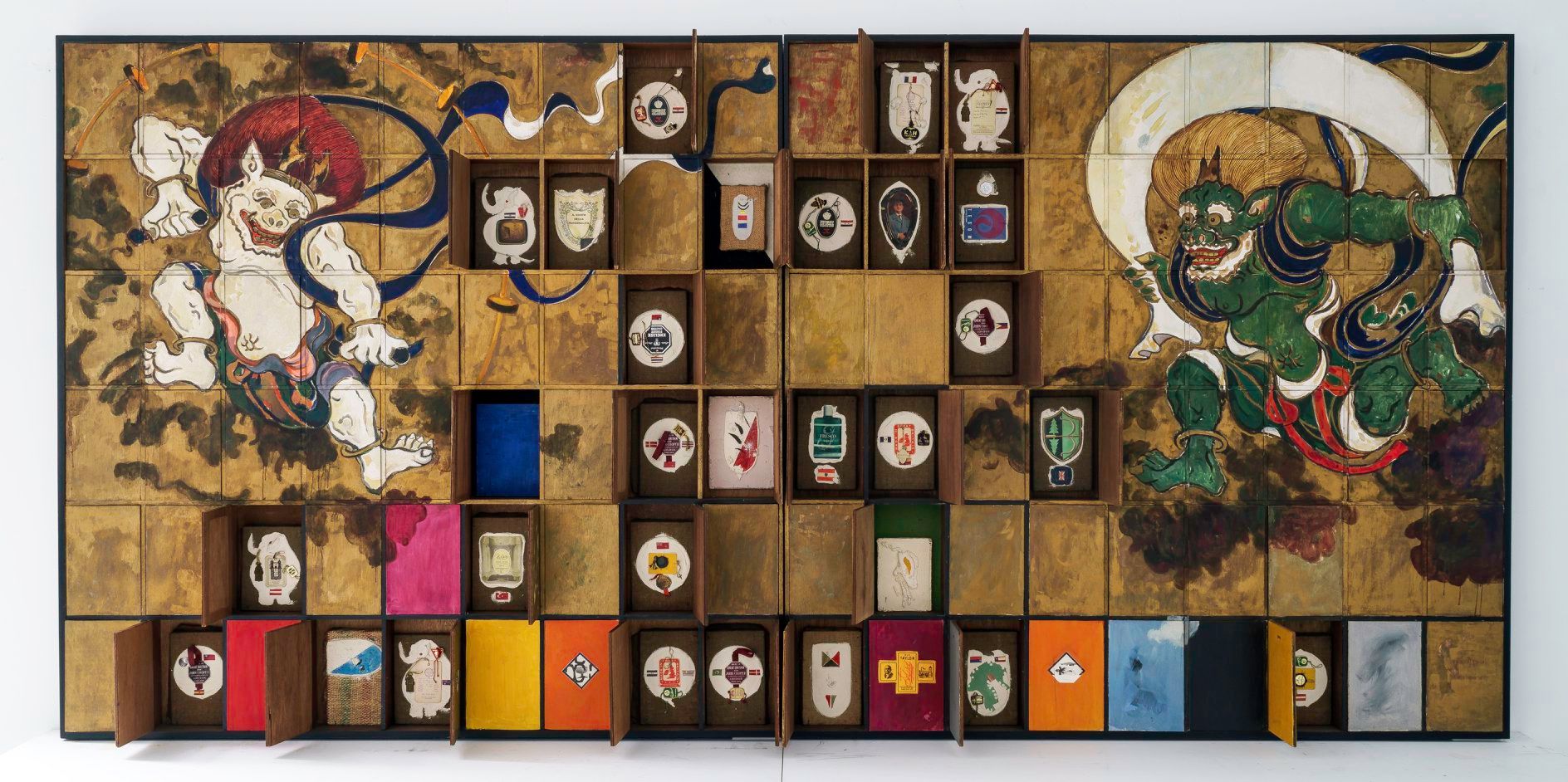
To date Taiwan has one of the lowest reported numbers of Covid-19 cases in the region thanks to its effective response, and the impact of the pandemic is not as readily felt as it is elsewhere. Museums and galleries in Taipei have remained open, albeit with strict preventive measures in place, and there is much to see. Here is a selection of the exhibitions to check out in person or digitally.

Aug 1–Sep 20
The artist’s first solo exhibition in Taiwan, “Yukihisa Isobe: A Retrospective 1950s–1960s,” features works that trace his decade-long journey to abstraction in oil painting as well as later pieces including his ecology-inspired art and the Wappen series, which presents the repetition of wappens, or coats of arms, all differently patterned and designed. Isobe’s practice draws upon a tradition of Japanese art, and is illustrative of a period of artistic vanguard in Japan and beyond.

Aug 1–Sep 12
Joshua Lin’s solo exhibition “Flux of Shadows” is the first public showcase of his new series of black-and-white photographs of nude dancers. Through the manipulation of light and shadow, he creates compositions akin to splashed-ink paintings in their natural and unrestrained elegance. In this departure from Lin’s signature landscape and fashion photography, he toys with the dynamics between abstraction, precision, sensuality, and motion, capturing the ephemerality of time.
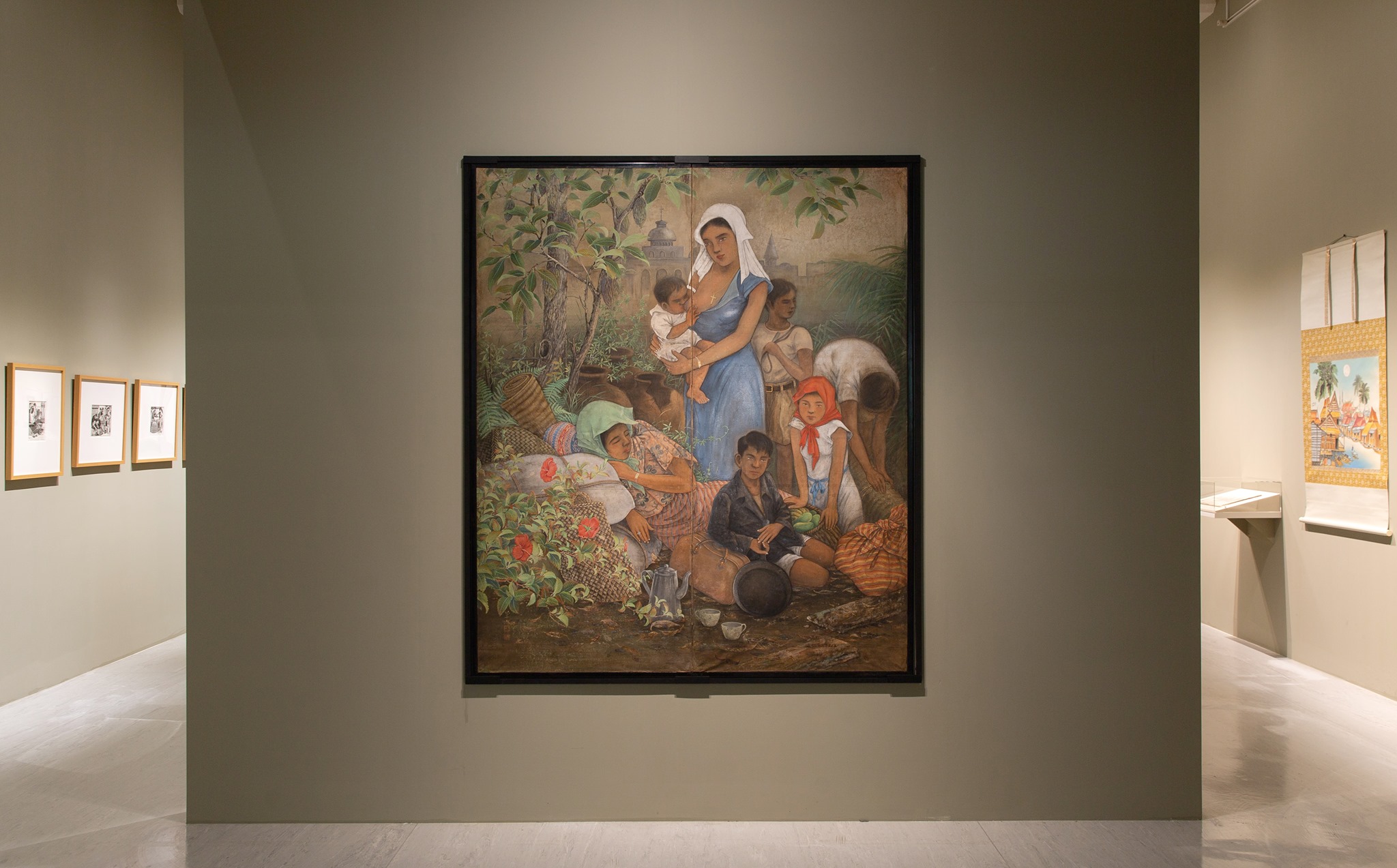
Jul 25–Oct 25
In this research exhibition of Taiwan’s diplomatic ties across Southeast Asia, Latin America, and Africa, curators Ping Lin and Nobuo Takamori seek to trace Taiwan’s position in the geographical context. Through rarely-exhibited works such as Ishihara Shisan’s painting Refugees in Tarla (1943), which juxtaposes the hidden casualties of war with the bright hues of local flora, and Mei Dean E’s artistic documentation of the region’s international relations in mixed-media installation I–DEN–TI–TY (1996/2020), the show delves into Taiwan’s Cold War-era relations and the ways in which they continue to influence and define the island’s present and future.

Jul 31–Aug 29
The first in a series of thematic exhibitions at Each Modern concentrating on art across the boundaries of nation, culture, and time, group show “Crossing Over” frames objects and practices from Asian traditions in contemporary contexts. Xu Jiong’s series of collage-and-painting-on-paper Landscape (2014–19) reimagines the divisions between contemporary art and Chinese calligraphy, while Ai Weiwei takes apart antique Qing-dynasty tables to create new sculptural works such as in Jointed Tables (2010). The show examines approaches to the historical lineage of contemporary Asian art, noting the tensions and influences that arise from cultural hybridity.
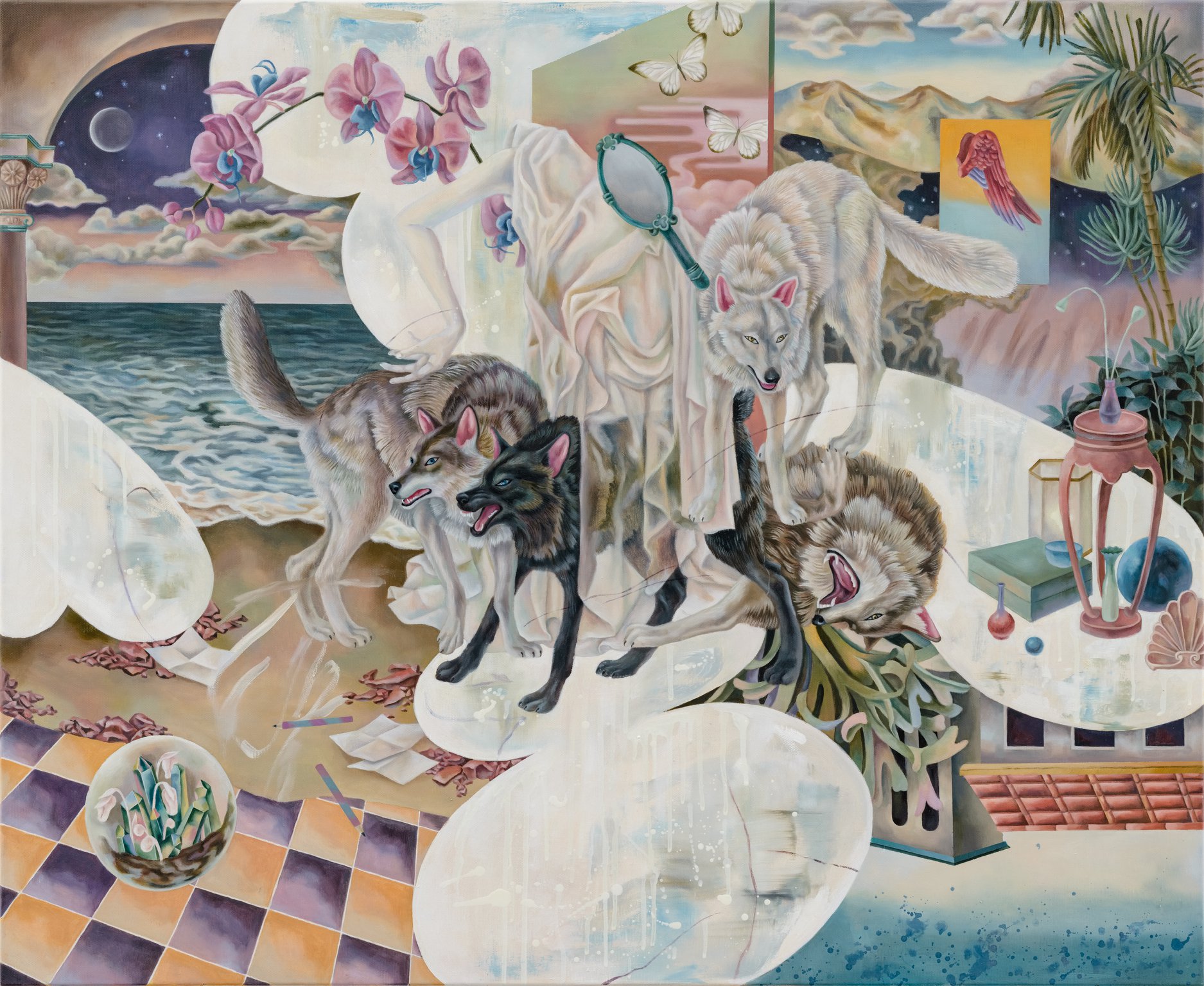
Jul 25–Aug 22
Group exhibition “Obliteration” features Ou Jing-yun, Peng Yu-tzu, and Chen Jun-yu, who respond to destruction and transience in a digital, globalized world. Ou and Peng fuse form, boundary, and negative space via paintings to investigate collective consciousness, while Chen questions societal symbols and systems through his emotionally-charged, site-specific performances and photographic works. In this show, the artists distinguish spiritual creation from destructible materiality, embracing their mutual symbiosis.
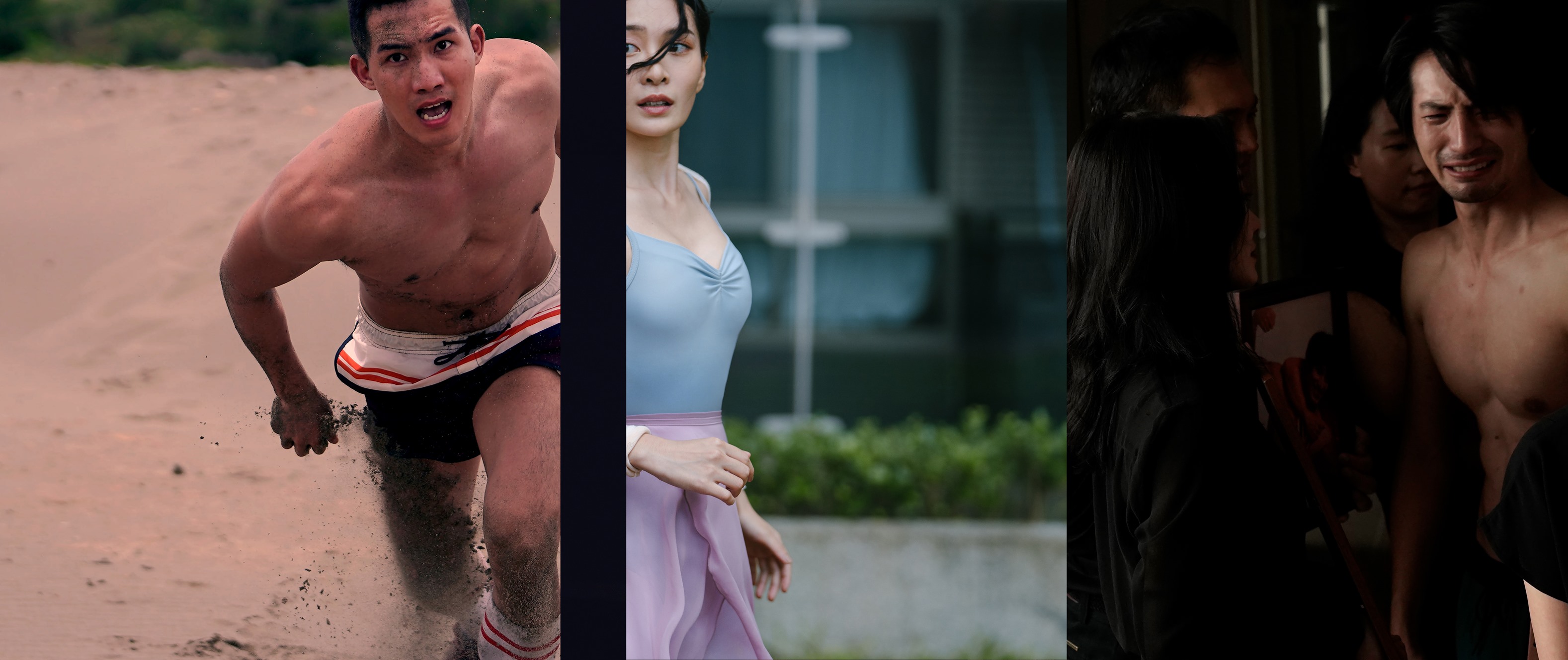
Jul 14–Aug 22
Tsui Kuang-yu’s solo exhibition presents video works made while the artist was living in New York, San Francisco, and Taipei. In his Exercise Living series (2018–20), Tsui transforms urban streets and discarded objects into his canvas, capturing the challenges of everyday life; in 150 Meters of LoveHomePeace (2020), Tsui and director Leading Lee discuss issues of belonging and ethics of public housing. In his distinctively witty and playful tone, Tsui exposes the pervasive yet often-overlooked absurdities and contradictions in urban life.
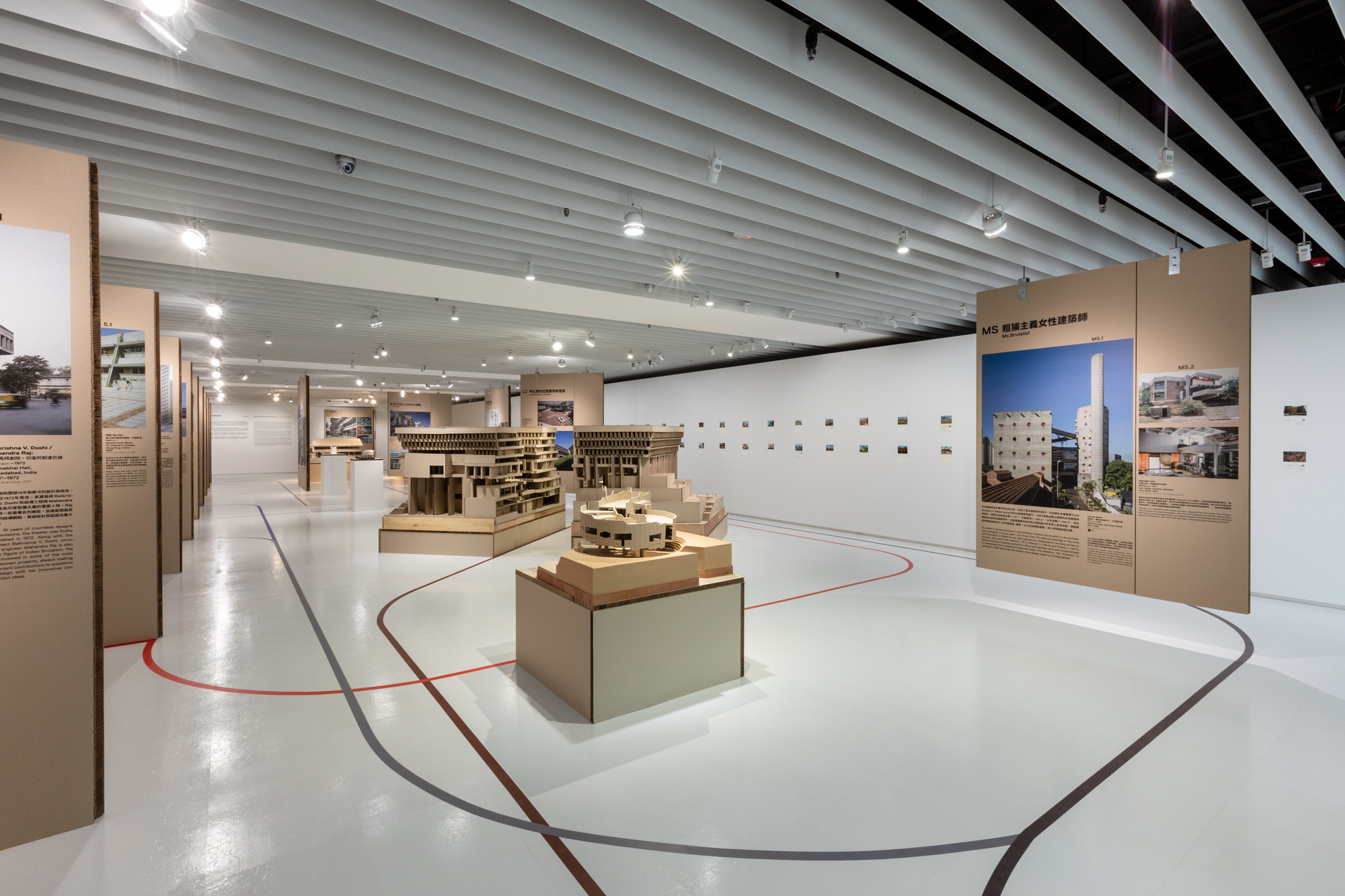
Jul 4–Nov 1
The traveling exhibition “SOS Brutalism—Save the Concrete Monsters!” which debuted in 2017 at Frankfurt’s Deutsches Architekturmuseum, surveys Brutalist architecture from the 1950s to the 1970s, and advocates for the rescue and preservation of these buildings. The show examines the ideologies behind the Brutalist desire for “rawness and the bare construction,” as the style emerged during a time of political unrest. Featuring large-scale models and concrete miniatures of buildings from the United Kingdom, Japan, Brazil, the former Yugoslavia, and Israel, the show’s edition in Taiwan also includes case studies of Brutalist architecture in Taipei.
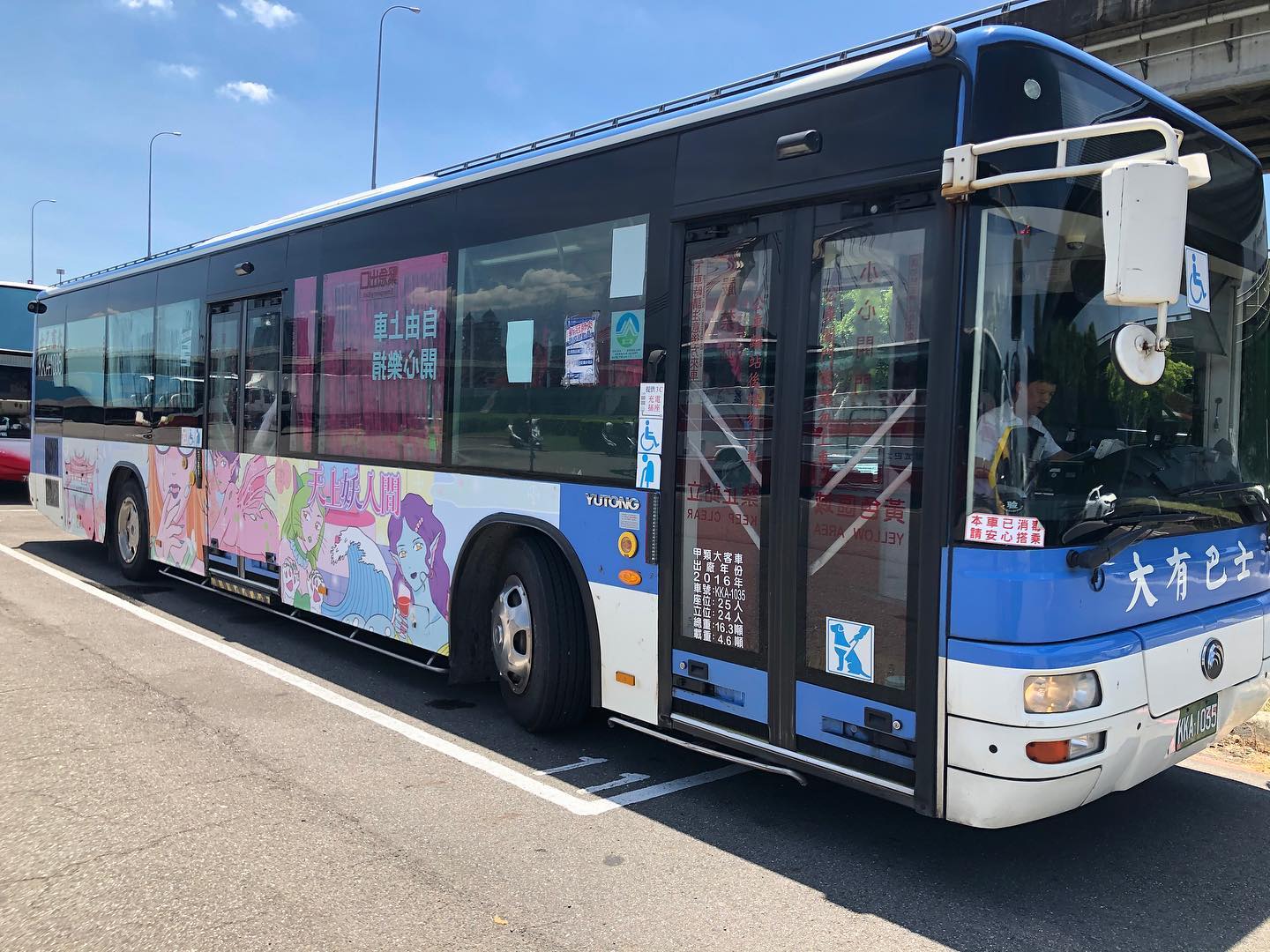
Chi-Wen Gallery
Jul 18–Aug 8
In this participatory performance, viewers board a local bus to experience the third instalment of Su Misu’s series I am a fake but my heart is true (2016– ) which explores issues of gender, queerness, and sexuality. This group performance examines shaming culture and the idea of erotic capital, in which attractiveness is a valuated commodity. The bus drives through Taipei, while actors portraying maids, queens, mistresses, and attendants board the bus to perform. Video interviews with the actors are displayed at Chi-Wen Gallery.
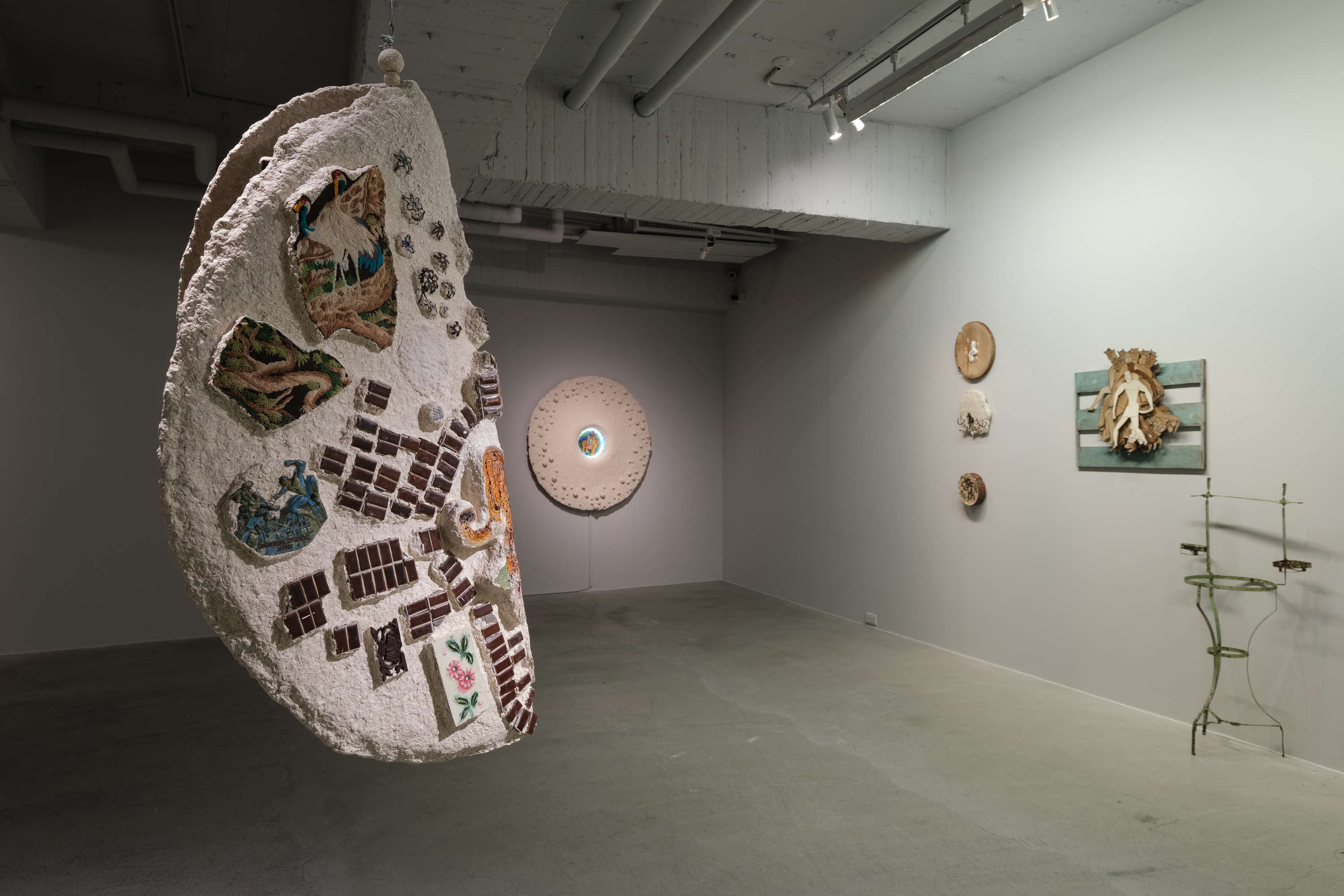
Jul 4–Aug 8
In his first solo exhibition at Mind Set Art Center, Lee Ming-tse presents 30 mixed-media works from the last two years, transforming elements of Taiwanese culture and folklore to bridge the gap between objects and paintings. He combines found objects like loose beads, fragments of ceramic tiles, and literati-esque knickknacks with paper pulp, rotten wood pieces, metal, and resin to create curious amalgamations that simultaneously evoke cryptic ancient artifact, curio item, and modernist sculpture. The works trigger feelings of nostalgia and literati contemplation.
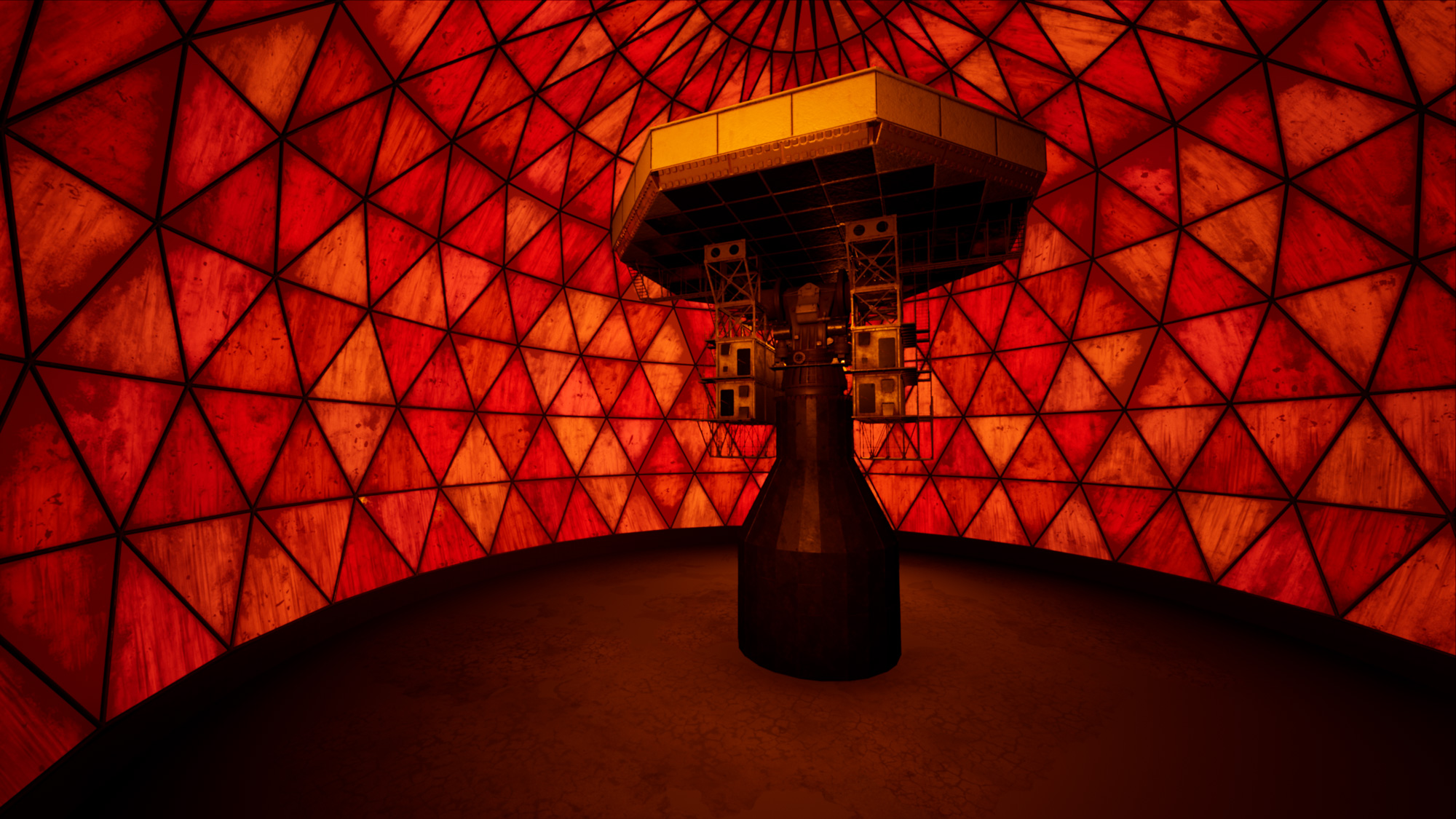
Museum of Contemporary Art (MOCA) Taipei
Aug 22–Nov 1
Tao Ya-lun, known for his multimedia works incorporating machinery and virtual reality (VR), furthers his exploration of corporeality in his solo exhibition at Museum of Contemporary Art (MOCA) Taipei, “Ubiquitous Ghosts.” The show features new works employing virtual and augmented reality to manipulate conscious experience through illusions, prompting viewers to consider and reimagine the human consciousness and physical presence, and the disconnection between our perceived and physical worlds. “Ubiquitous Ghosts” is a timely display admid a pandemic characterized by social distance and virtual replacements.
To read more of ArtAsiaPacific’s articles, visit our Digital Library.







